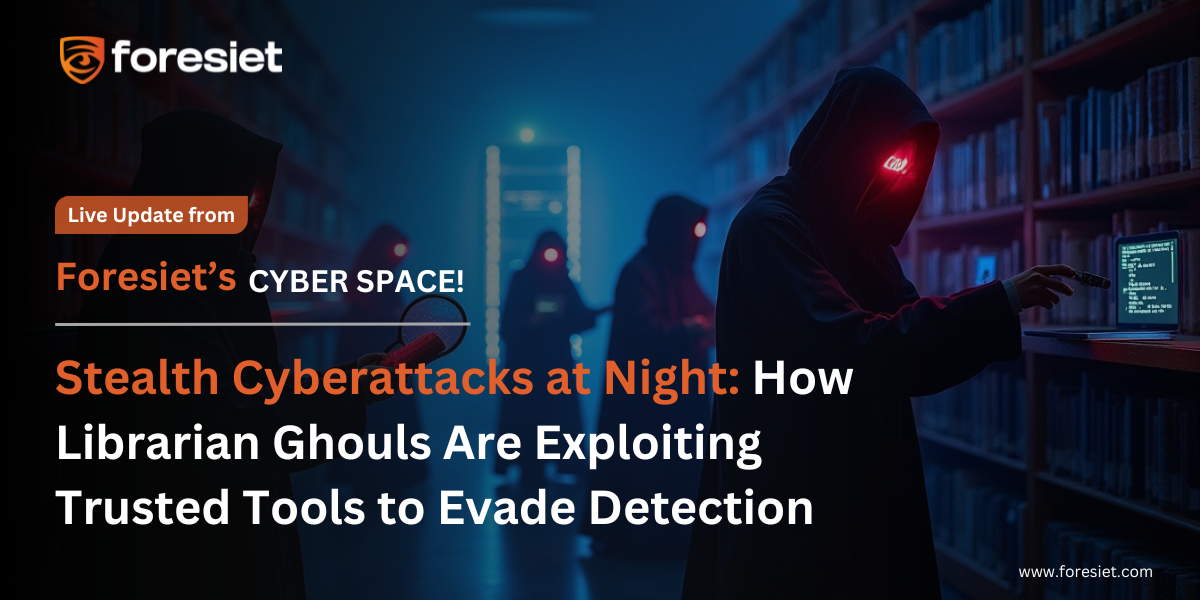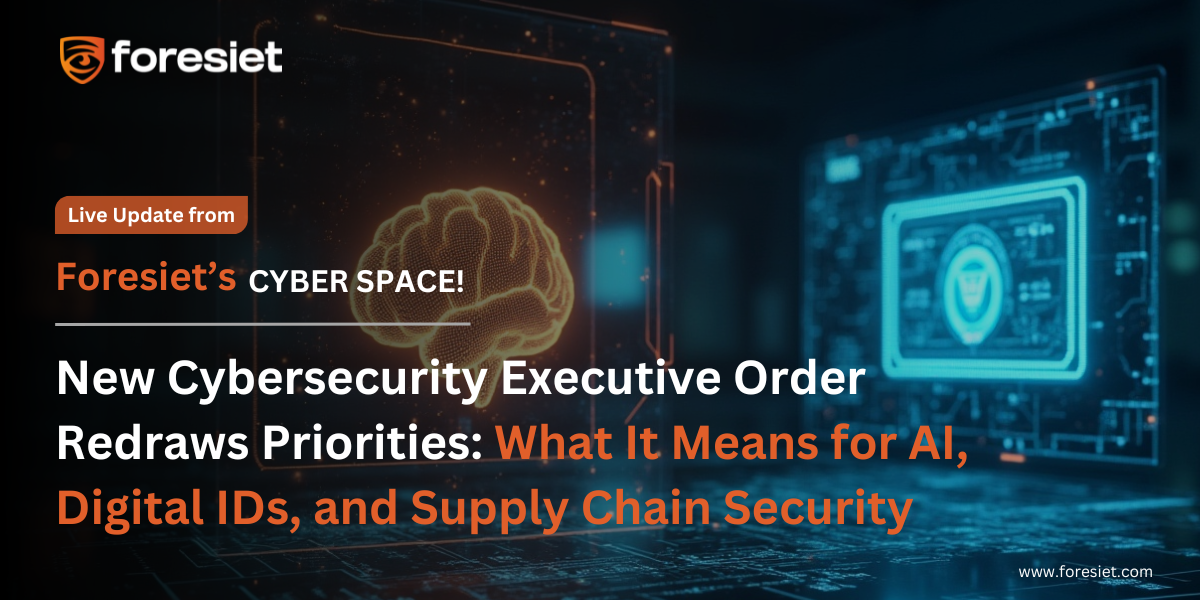North Korean Hackers Unleash MISTPEN Malware: A New Threat to Energy and Aerospace Sectors

North Korean state-sponsored hackers have initiated a sophisticated cyber-espionage campaign, using the newly discovered MISTPEN malware to infiltrate organizations in the energy and aerospace industries. This campaign utilizes job-themed phishing lures designed to target high-ranking employees, a hallmark tactic of North Korea’s notorious cyber-espionage groups.
In this blog, we will delve into the mechanics of this new cyberattack, the role of MISTPEN malware, and how organizations can mitigate the risks posed by such sophisticated threats through measures such as stolen credentials detection, darknet monitoring services, and digital footprint analysis.
The Rise of MISTPEN: A New Threat to Critical Industries
North Korean-linked threat actors, tracked as UNC2970 by leading cybersecurity firms, have launched a fresh wave of cyber-espionage attacks using a previously unknown malware, MISTPEN. This malware is particularly aimed at compromising organizations in critical sectors like energy and aerospace.
UNC2970, often associated with the Lazarus Group (also known as TEMP.Hermit or Diamond Sleet), has a long history of cyberattacks targeting government agencies, defense organizations, and financial institutions. These attacks are typically carried out in support of North Korean strategic objectives, such as gathering sensitive information that can be used to further national interests.
Job-Themed Phishing Lures: The Entry Point for MISTPEN
The attack begins with job-themed phishing lures designed to target senior employees. Attackers impersonate recruiters from high-profile companies, sending out tailored job descriptions that are customized based on the victims' profiles. This tactic allows the attackers to gain the trust of their targets and make their phishing emails appear legitimate.
After initial contact is established, victims are sent malicious ZIP archive files containing what appears to be job descriptions. These files can only be opened using a trojanized version of a legitimate PDF reader, Sumatra PDF, which is included in the archive. The moment the victim attempts to open the file, the MISTPEN malware is deployed, starting the infection chain.
The Role of MISTPEN and BURNBOOK in the Attack
Once the malicious ZIP file is opened, the malware deployment begins with a custom launcher called BURNBOOK. This launcher triggers the execution of a malicious DLL file, which then executes the MISTPEN backdoor.
MISTPEN itself is a lightweight backdoor written in C, designed to evade detection. It connects to command-and-control (C2) servers over HTTP, enabling attackers to remotely download and execute additional payloads. The malware’s stealthy communication capabilities, often masked through legitimate Microsoft Graph URLs, make it difficult for traditional security measures to detect or block.
The North Korean threat actors have been iteratively improving both MISTPEN and BURNBOOK, making these tools more advanced and harder to detect. For instance, early versions of the malware used compromised WordPress websites as C2 domains, a tactic that continues to evolve as the attackers refine their techniques.
The Growing Threat to Global Industries
This isn’t the first time the Lazarus Group has utilized sophisticated, multi-stage attacks to infiltrate high-value targets. Over the years, North Korean hackers have repeatedly refined their tactics, from leveraging open-source software in trojanized attacks to repurposing older malware tools for new campaigns.
As MISTPEN continues to evolve, industries such as energy, aerospace, and defense must remain vigilant. With the group's focus on targeting senior employees who hold sensitive data, these sectors must adopt comprehensive cybersecurity strategies to mitigate these risks.
Strengthening Cyber Defenses Against Advanced Threats
Organizations operating in critical sectors should focus on implementing a range of cybersecurity measures to protect against advanced threats like MISTPEN. Proactive defenses can prevent unauthorized access and reduce the potential damage caused by cyber-espionage campaigns.
- Stolen Credentials Detection: Regularly monitor for any compromised credentials through digital footprint analysis. Threat actors often use stolen credentials as entry points to launch larger attacks, making early detection essential.
- Darknet Monitoring Services: Leveraging dark web surveillance can help track any mention of sensitive data or compromised information related to your organization. Monitoring the darknet for such data is a crucial step in preempting attacks.
- Brand Protection and Impersonation Defense: Since phishing schemes often involve attackers impersonating well-known brands or recruiters, companies should invest in robust brand protection measures to prevent impersonation and safeguard their reputation.
- Online Risk Evaluation and Digital Threat Scoring: Conduct regular assessments of your organization’s digital footprint and vulnerabilities. Tools that provide digital threat scoring can help identify potential risks and prioritize areas that need immediate attention.
Conclusion: Staying Ahead of the MISTPEN Threat
The discovery of the MISTPEN malware is a reminder of the growing sophistication of state-sponsored cyber-espionage campaigns. North Korean hackers, through highly tailored phishing lures and advanced malware, continue to target key industries like energy and aerospace in their quest to gather sensitive information.
To combat these evolving threats, organizations must take a proactive stance by monitoring for compromised data, strengthening defenses against phishing attacks, and continuously evaluating their digital vulnerabilities. By adopting these best practices, businesses can mitigate the risk of falling victim to sophisticated malware campaigns and ensure the security of their most valuable assets.
About Foresiet!
Foresiet is the pioneering force in digital security solutions, offering the first integrated Digital Risk Protection SaaS platform. With 24x7x365 dark web monitoring and proactive threat intelligence, Foresiet safeguards against data breaches and intellectual property theft. Our robust suite includes brand protection, takedown services, and supply chain assessment, enhancing your organization's defense mechanisms. Attack surface management is a key component of our approach, ensuring comprehensive protection across all vulnerable points. Compliance is assured through adherence to ISO27001, NIST, GDPR, PCI, SOX, HIPAA, SAMA, CITC, and Third Party regulations. Additionally, our advanced antiphishing shield provides unparalleled protection against malicious emails. Trust Foresiet to empower your organization to navigate the digital landscape securely and confidently.
Protect your brand, reputation, data, and systems with Foresiet's Integrated Digital Risk Platform. 24/7/365 threat monitoring for total peace of mind.


